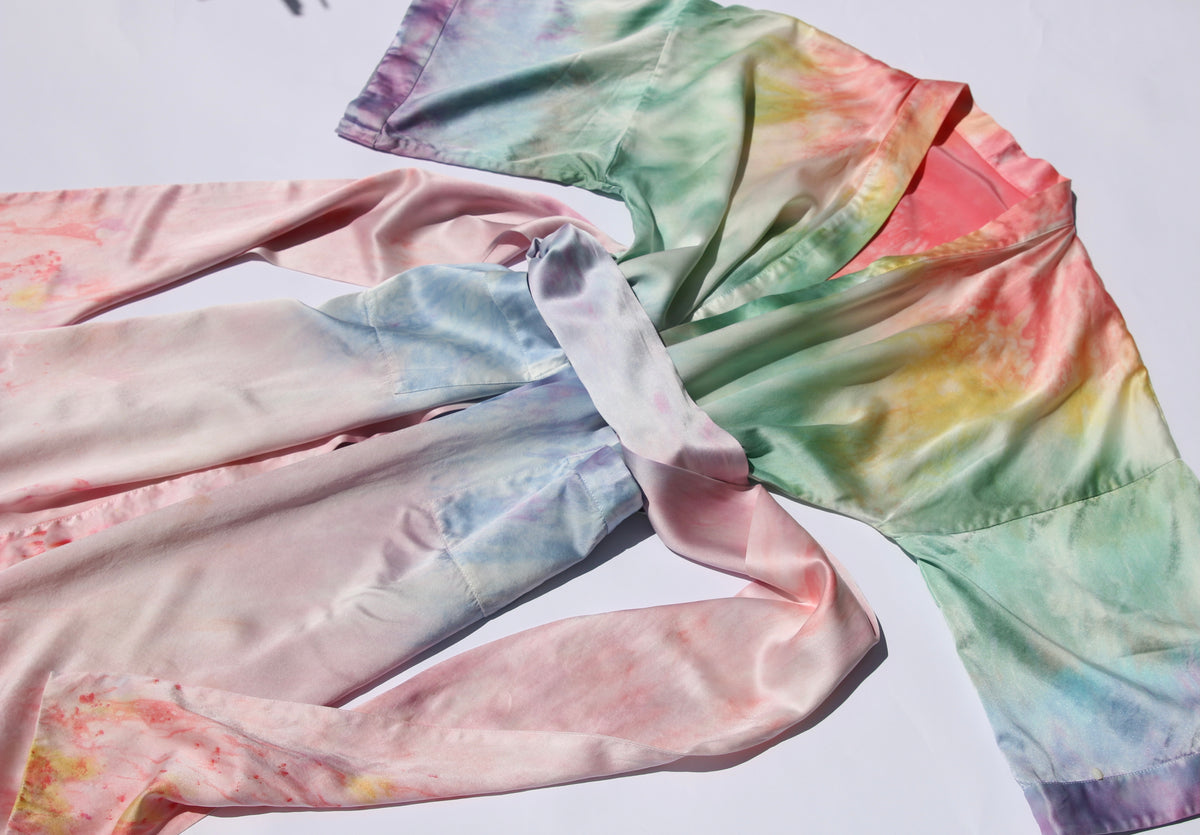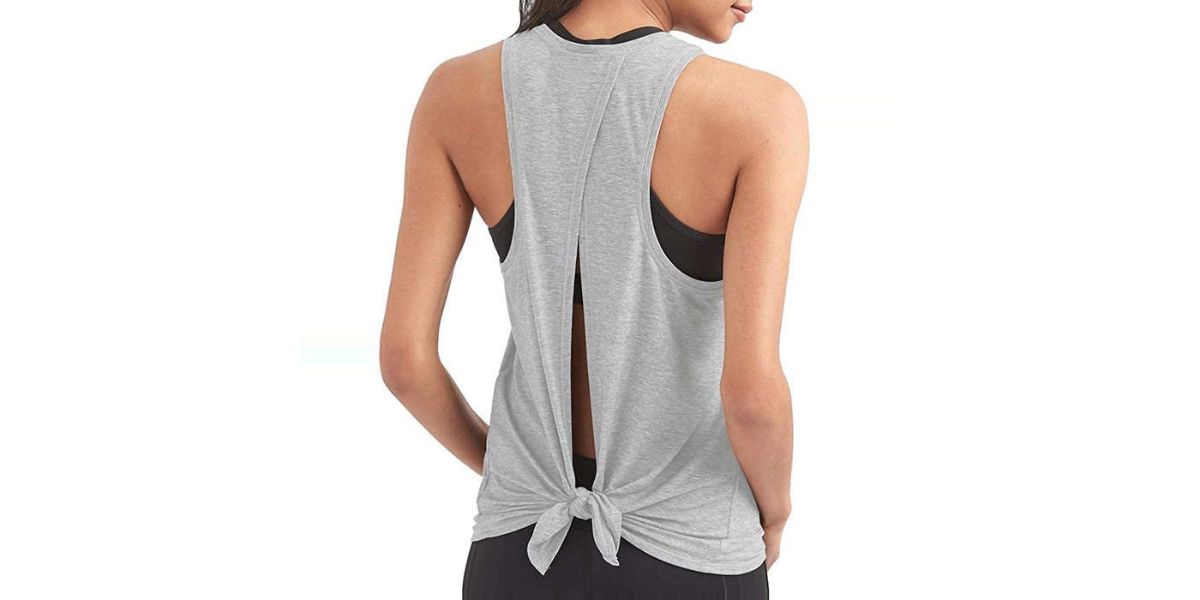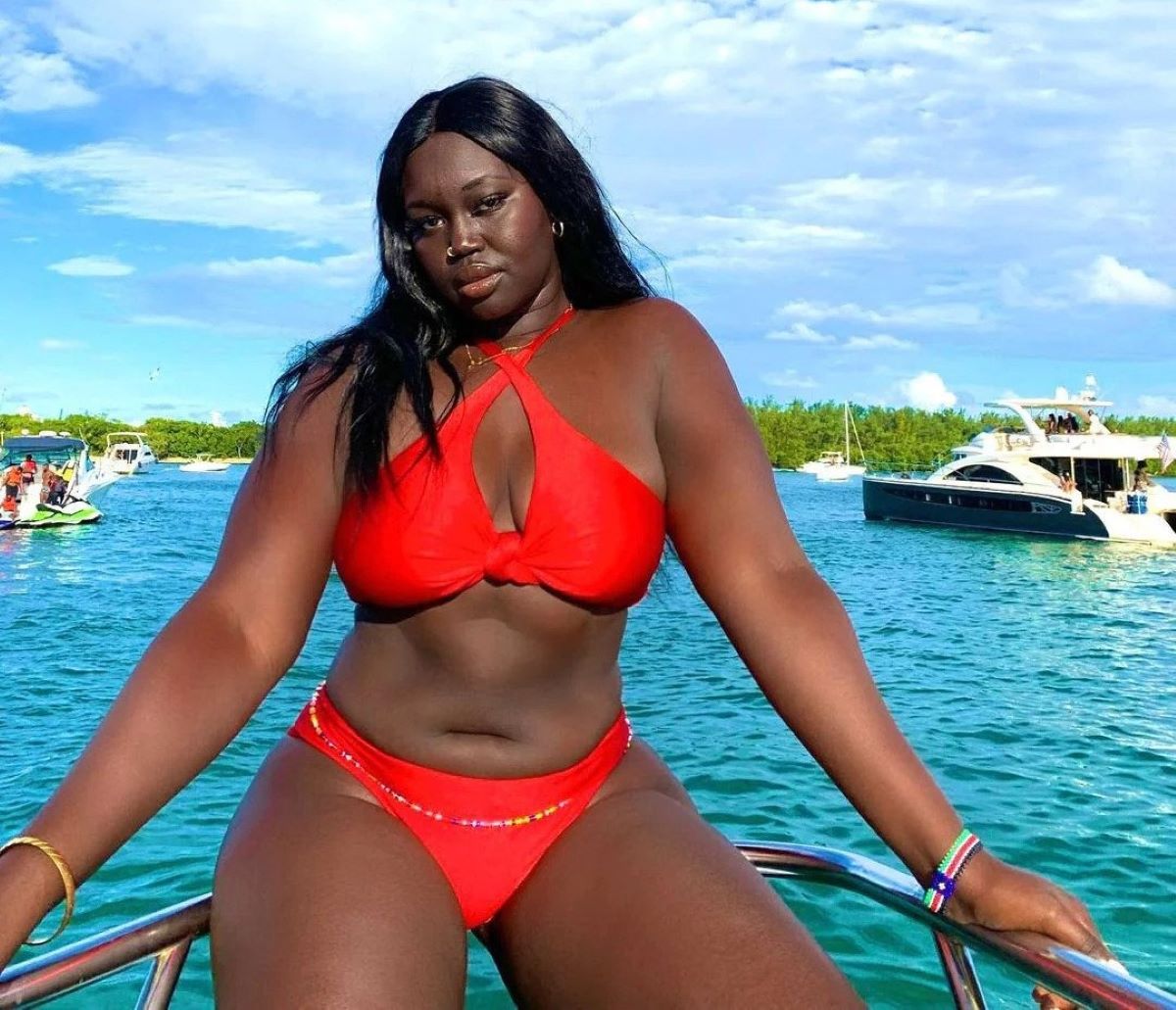Home>How-to Guides>For Women>How To Tie A Swimsuit So It Doesn’t Hurt Your Neck


For Women
How To Tie A Swimsuit So It Doesn’t Hurt Your Neck
Modified: August 2, 2023
Learn how to tie a swimsuit for women properly to prevent neck discomfort. From step-by-step techniques to helpful tips, ensure a comfortable and enjoyable swimming experience.
(Many of the links in this article redirect to a specific reviewed product. Your purchase of these products through affiliate links helps to generate commission for Under-tec.com, at no extra cost. Learn more)
Table of Contents
Introduction
Welcome to the world of swimsuits! Whether you’re lounging by the pool or frolicking on the beach, summer is the perfect time to don your favorite swimwear. However, if you’ve ever experienced discomfort or pain around your neck while wearing a swimsuit, you’re not alone. Many women face this issue and struggle to find a solution.
But fret not, because we’re here to help! In this article, we’ll walk you through the steps on how to tie a swimsuit so it doesn’t hurt your neck. With a few simple adjustments, you can say goodbye to nagging neck pain and enjoy your time in the sun without any discomfort.
Before we dive into the step-by-step process, there are a few things to keep in mind. Firstly, it’s essential to choose a swimsuit that fits you well and offers proper support. Secondly, adjusting the straps and creating a crossback can help distribute the weight more evenly across your shoulders. Lastly, tying a secure knot and testing for comfort will ensure that your swimsuit stays in place without causing any strain on your neck.
So, whether you have a new swimsuit or an old favorite, let’s get started on making the necessary adjustments to ensure a comfortable and enjoyable experience while rocking your swimwear.
Step 1: Choosing the Right Swimsuit
The first step in ensuring a comfortable swimwear experience is selecting the right swimsuit. Choosing a suit that fits well and offers proper support is crucial to prevent discomfort around the neck.
When shopping for a swimsuit, consider the following factors:
- Size: Ensure that you choose a swimsuit in the correct size. Avoid buying a swimsuit that is too tight, as it may dig into your skin and cause discomfort.
- Support: Look for swimsuits with built-in underwire or bra cups for added support. This will help distribute the weight and alleviate pressure on your neck.
- Style: Consider different swimsuit styles that offer varying levels of coverage and support. For example, a halter neck style may put more strain on your neck, while a crossback or racerback style can provide better support.
Additionally, take into account your personal preferences and body shape. Every woman is unique, and finding a swimsuit that flatters your figure and makes you feel confident is key.
Once you’ve found the perfect swimsuit, you’re ready to move on to the next step: adjusting the straps.
Step 2: Adjusting the Straps
Now that you have chosen a swimsuit that fits well, it’s time to adjust the straps to ensure a comfortable fit and prevent any strain on your neck.
Here’s how to properly adjust the straps of your swimsuit:
- Loosen the straps: Start by loosening the straps of your swimsuit. This will give you room to make necessary adjustments without causing discomfort.
- Even out the straps: Check to see if the straps are sitting evenly on your shoulders. If one strap feels tighter or looser than the other, adjust them so they sit symmetrically.
- Experiment with strap length: Gradually tighten or loosen the straps until you find a comfortable length. Be mindful not to make them too tight, as it may cause unnecessary pressure on your neck.
- Test for mobility: Once you have adjusted the straps, move your arms and shoulders to ensure that you have enough mobility without feeling restricted or experiencing discomfort.
Remember, the goal is to have the straps snug enough to provide support but not so tight that they dig into your shoulders or neck. Finding the right balance will ensure both comfort and functionality.
Now that the straps are adjusted, we can move on to creating a crossback, which will further distribute the weight of the swimsuit and alleviate any strain on your neck.
Step 3: Creating a Crossback
Creating a crossback is a simple technique that can greatly improve the support and comfort of your swimsuit. It involves crossing the straps at the back, which helps distribute the weight evenly across your shoulders and reduces strain on your neck.
Follow these steps to create a crossback:
- Take hold of the straps: Reach behind your back and grab hold of the two straps of your swimsuit.
- Cross the straps: Cross the straps over each other, forming an “X” shape on your upper back.
- Bring the straps to the front: Bring the crossed straps back to the front of your body, over your shoulders.
- Adjust the fit: Ensure that the straps are comfortably snug on your shoulders without digging into your skin. You can tighten or loosen them as needed.
Creating a crossback not only provides better support, but it can also add a stylish touch to your swimsuit. Many swimsuits are designed with adjustable straps, making it easier to create a crossback. However, even if your swimsuit doesn’t have adjustable straps, you can still cross them over and secure them in place using a small hair tie or safety pin.
Now that you have a secure and comfortable crossback, let’s move on to the next step: tying a secure knot to ensure that your swimsuit stays in place.
Step 4: Tying a Secure Knot
After adjusting the straps and creating a crossback, it’s important to tie a secure knot to ensure that your swimsuit stays in place while you enjoy your time in the water.
Follow these steps to tie a secure knot:
- Pull the straps tight: After creating the desired crossback, ensure that the straps are pulled tight enough to provide support but not so tight that they cause discomfort.
- Twist the straps: Take the straps and twist them around each other a few times. This will create a stronger and more secure base for the knot.
- Create a knot: Tie a double knot or a bow with the twisted straps to secure them in place. Make sure the knot is tight enough to keep the straps from slipping, but not so tight that it becomes difficult to untie.
- Test for security: After tying the knot, gently tug on the straps to ensure that they are securely fastened and won’t come loose while you’re swimming or engaging in any water activities.
If your swimsuit has adjustable straps, you may need to re-tie the knot periodically to maintain a secure fit as the straps may loosen over time.
Now that your swimsuit is securely tied, let’s move on to the final step: testing for comfort to ensure that you can enjoy your time in the water without any discomfort.
Step 5: Testing for Comfort
After adjusting the straps, creating a crossback, and tying a secure knot, it’s important to test for comfort to ensure that you can enjoy your time in the water without any discomfort or strain on your neck.
Here are a few tips for testing the comfort of your swimsuit:
- Move around: Once your swimsuit is on and properly adjusted, move around, stretch your arms, and do some light activities to ensure that you have enough freedom of movement without feeling restricted.
- Check for any discomfort: Pay attention to any areas that may still feel uncomfortable or strained. If you experience any discomfort, you may need to readjust the straps, the crossback, or the knot to find the perfect fit.
- Swim a few laps: If possible, take a few laps in the pool or swim in the water to get a better feel for how your swimsuit holds up during water activities. This will help you determine if any further adjustments are needed.
Keep in mind that everyone’s comfort level may vary, so it’s important to listen to your body and make adjustments accordingly. The goal is to find a fit and style that allows you to move and enjoy your time in the water without any discomfort or strain on your neck.
By following these five steps – choosing the right swimsuit, adjusting the straps, creating a crossback, tying a secure knot, and testing for comfort – you can ensure a comfortable and enjoyable swimwear experience. So, go ahead and confidently rock your swimsuit this season without worrying about any neck pain or discomfort!
Conclusion
Wearing a swimsuit should be a joyous and comfortable experience, and now you have the knowledge to tie your swimsuit in a way that prevents any discomfort around your neck. By choosing the right swimsuit, adjusting the straps, creating a crossback, tying a secure knot, and testing for comfort, you can ensure that your swimwear fits well and supports you in all the right places.
Remember, finding the perfect fit might require a bit of trial and error. Take the time to experiment with different adjustments until you find the right combination that works for your body shape and personal preferences.
By following these steps, you can enjoy your time at the beach or pool without any nagging neck pain. Feel confident and comfortable as you lounge, swim, and soak up the sun.
So go ahead, embrace the summer vibes, and make a splash in your perfectly-fitted swimsuit. Have fun and enjoy the water without worrying about any discomfort. Happy swimming!










